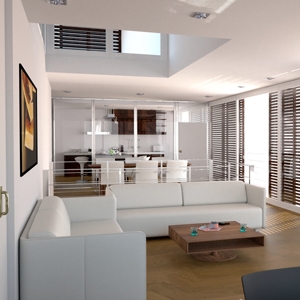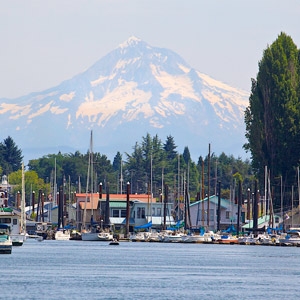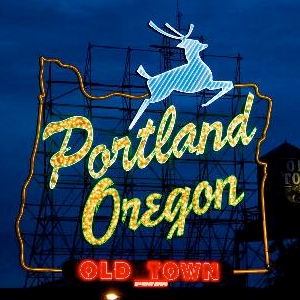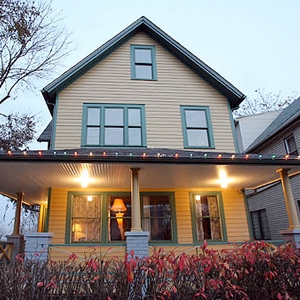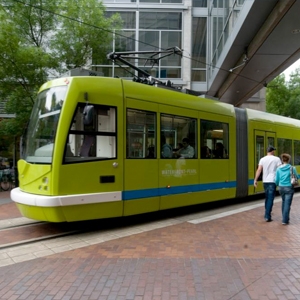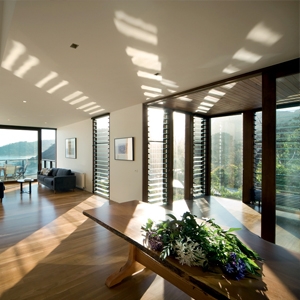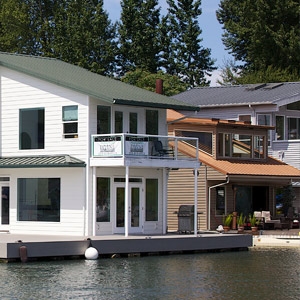History of Floating Homes
History of Floating Homes
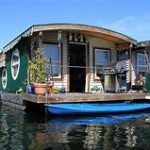 The history of floating homes is an American story! Floating homes started out as fishing shacks, anchored to the river banks before there were docks to moor to. By definition, floating homes do not have a motor to propel them; they are moved around by barges and attached to the mooring space by chains or steel hinges. Some folks lived ‘aboard’ their small houseboat. These old homes were heated with an oil burner or a wood stove. They had tar paper roofs, later they added hot mop roofing. Basic lap board siding and wood floor boards completed the house. No insulation on these inexpensive shacks. Waste was dumped right into the river. Rustic describes a more charming abode than they really were.
The history of floating homes is an American story! Floating homes started out as fishing shacks, anchored to the river banks before there were docks to moor to. By definition, floating homes do not have a motor to propel them; they are moved around by barges and attached to the mooring space by chains or steel hinges. Some folks lived ‘aboard’ their small houseboat. These old homes were heated with an oil burner or a wood stove. They had tar paper roofs, later they added hot mop roofing. Basic lap board siding and wood floor boards completed the house. No insulation on these inexpensive shacks. Waste was dumped right into the river. Rustic describes a more charming abode than they really were.
History of Floating Homes continues…
And the construction style suited the outliers who lived there. These were independent, tough minded people who wanted to live beneath the radar. In those days, taxes were not assessed on these movable homes. If you had a house boat, you could fish for both a living and for your own sustenance. These folks were the best kind of neighbors; there if you needed help in repairing or moving the house, all you had to do was ask. If you wanted to share a whiskey evening, you could count on your neighbor to bring a glass. But in all other ways, they kept to themselves, and let you get on with your own life.
Over time, the river life attracted folks who wanted to live on river in a more conventional way. The path to this lifestyle came from fishermen and yacht owners. The city expanded, and the rivers became more recreational in nature. People with more financial resources noticed the charm of the houseboats. Business people invested in building moorages that offered services like electricity and sewer, and access to upland conveniences.
With the development of moorages and dock systems, the number of floating houses increased; licenses were required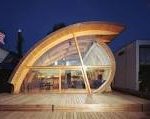 for the floating homes, and leases were developed for the moorages, docks and yacht clubs. Around the 1950’s owning a floating home became an inexpensive way to enjoy and recreate on the rivers of Portland. At first the homes were modest and used mostly as second homes for fishermen and boating families. The old round top style of floating home was popular. These sturdy homes were build on the log and stringer float we still use today. Over time, the folks who wanted to live on the water became less outliers, and more savvy home buyers who wanted a cool, unique lifestyle where they could enjoy the river life and still be part of the city.
for the floating homes, and leases were developed for the moorages, docks and yacht clubs. Around the 1950’s owning a floating home became an inexpensive way to enjoy and recreate on the rivers of Portland. At first the homes were modest and used mostly as second homes for fishermen and boating families. The old round top style of floating home was popular. These sturdy homes were build on the log and stringer float we still use today. Over time, the folks who wanted to live on the water became less outliers, and more savvy home buyers who wanted a cool, unique lifestyle where they could enjoy the river life and still be part of the city.
When that happened, so did the tax man. As the houseboats evolved into floating homes, the county learned that they had homes that were not being taxed. Now the floating homes are taxed as personal property. The construction of homes include hardwood floors, granite and stainless steel kitchens, fabulous bathrooms, vinyl or cedar plank siding, spacious decks and steel roofs. The homes have gone from shacks build of found materials, to million dollar homes in exclusive moorages like Oregon Yacht Club.

